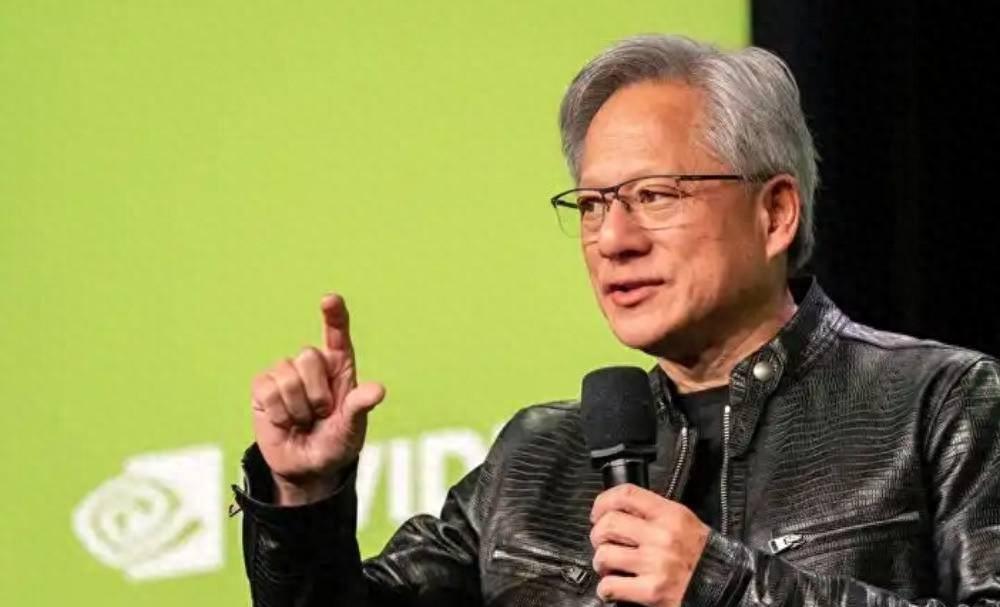The United States has just restricted the export of chips to China, and less than 72 hours later, Nvidia announced that it had signed an agreement with Vietnam to build an AI R&D center and an AI data center in Vietnam. Does the US want to use the old routine of "pulling one and hitting the other"? How should China respond?
According to a number of media reports, a few days ago, Vietnam's Ministry of Planning and Investment publicly stated that Vietnamese Prime Minister Pham Minh Chinh met with visiting Nvidia CEO Huang Jenxun. In the presence of the two, NVIDIA signed an agreement with the Vietnamese government to build an AI R&D center and AI data center in Vietnam.

The AI R&D Center will focus on the research and development of artificial intelligence technology, and is committed to improving Vietnam's technological level and innovation capabilities in the field of AI, and promoting the application and integration of AI technology in various industries. For example, the AI R&D center may carry out research projects in natural language processing, computer vision, machine learning, etc., to train professionals in related fields for Vietnam.
The AI data center will provide powerful data storage and processing capabilities for AI training and application, support Vietnamese enterprises and institutions to carry out large-scale data analysis and model training, and promote the development of Vietnam's digital economy. For example, the AI data center can provide financial institutions in Vietnam with services such as risk assessment, market forecasting, and helping companies make more informed decisions.
According to expert analysis, NVIDIA, as the world's leading artificial intelligence computing company, has strong technology and resources in the field of AI. In recent years, with the rapid development of artificial intelligence technology, all countries are actively deploying related industries, and Vietnam is no exception, hoping to promote the development of its own artificial intelligence industry with the help of NVIDIA's technology and experience. This is also a typical case of further strengthening industrial cooperation between the United States and Vietnam.
You know, not long ago, the United States just issued chip export control measures to China, including 136 Chinese entities in the so-called "entity list", involving semiconductor manufacturing equipment, electronic design automation tools and other types of semiconductor products. In response to this, U.S. Deputy Secretary of Commerce Estevez bluntly said that the move is aimed at "restricting China's development of AI capabilities that affect U.S. security." U.S. Ambassador to China Burns also said that the U.S. announced new controls mainly to weaken China's ability to produce advanced semiconductors for military applications, artificial intelligence and advanced computing. U.S. chip technology will not be used to modernize the PLA.
Now, the United States has just restricted the export of chips to China, and less than 72 hours later, Nvidia announced that it had signed an agreement with Vietnam to build an AI R&D center and AI data center in Vietnam, which can be said to be quite intriguing. Some public opinion believes that the US side is once again trying to use the old routine of "pulling one to fight another."
Historically, the United States has repeatedly used the trick of "pulling one and hitting the other". For example, during the Cold War, the United States enlisted European countries and Japan to form NATO and a series of military alliances. In Asia, cooperation with Japan was strengthened through agreements such as the U.S.-Japan Security Treaty, one of the purposes of which was to counter the Soviet Union. In this process, the United States drew these countries into its own camp through economic assistance and military protection, and at the same time took measures against the Soviet camp such as containment and military confrontation.
For another example, in the Middle East, the United States has roped in Saudi Arabia and other Gulf countries to consolidate relations through arms sales and economic cooperation. At the same time, it has imposed sanctions and military threats on Iran and other countries that it considers "adversary" in an attempt to balance the power of the Middle East and safeguard its own strategic interests in the region.
Now, the United States has used this trick on China, wanting to win over Vietnam and attack China in the artificial intelligence industry, and its intention can be said to be quite obvious. But China is not the Soviet Union, nor is it Iran, and China is no longer what it used to be, and the United States wants to repeat its old tricks, which is doomed to end in failure.